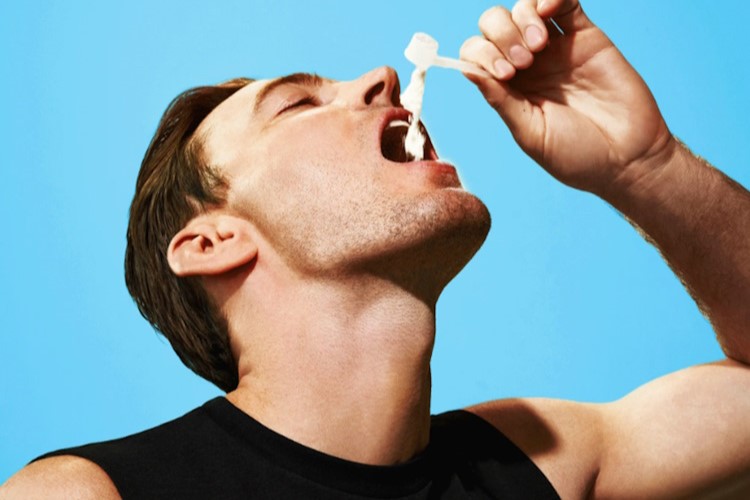8 myths about creatine and the reality of it
Creatine is probably the most widely researched and popular supplement in the fitness and bodybuilding world. Despite its proven benefits, many myths and misconceptions continue to surround its use, especially by the general population. This article aims to debunk common myths about creatine, shedding some light on its effects, safety, and usage.
Myth 1: creatine causes kidney damage
One common myth about creatine is that it causes kidney damage, likely because it’s processed by the kidneys. However, extensive research shows that creatine does not harm kidney function in healthy individuals, even with long-term use. However, individuals with pre-existing kidney conditions should consult a healthcare professional before using creatine.
Myth 2: creatine leads to excessive water retention
While creatine does cause muscles to retain water, this is not necessarily a negative effect. The increased water content in muscle cells can enhance muscle volume and provide a fuller appearance. This water retention is intracellular (inside the muscle cells) rather than subcutaneous (under the skin), meaning it does not contribute to a bloated or puffy appearance. Instead, it can help with muscle hydration, which is beneficial for performance and recovery.
Myth 3: creatine is only for bodybuilders
Creatine is popular among bodybuilders, but its benefits also extend to various athletes and non-athletes. It enhances ATP production, providing quick energy for high-intensity activities, making it useful for sports like sprinting, swimming, and football. Additionally, research suggests that creatine can have cognitive benefits, such as improved memory and mental performance, making it beneficial for older adults and individuals with certain neurological conditions.
Myth 4: you need to load creatine
The idea that you need to load creatine by taking a large dose for the first few days is a common misconception. While a loading phase can saturate muscle creatine stores more quickly, it is not necessary. A standard maintenance dose of 3-5 grams per day will eventually achieve the same saturation levels, typically within 3-4 weeks. The loading phase is optional and will make you see the effects quicker, but may cause gastrointestinal discomfort for some individuals.
Myth 5: creatine causes muscle cramps and dehydration
Contrary to the myth, creatine does not cause muscle cramps or dehydration. In fact, research indicates that creatine supplementation reduces the risk of cramps and actually improves muscle hydration, enhancing overall cellular function. Adequate water intake is always essential during intense physical activity, but creatine does not increase the risk of dehydration or cramping.
Myth 6: creatine is a steroid
Creatine is sometimes mistakenly categorized as a steroid especially by older people, but this is entirely false. Creatine is a naturally occurring compound found in small amounts in foods like red meat and fish, and it is also synthesized by the human body. Steroids, on the other hand, are synthetic hormones that mimic testosterone and have a completely different mechanism of action. Creatine enhances energy production in muscles, while steroids influence hormone levels and have a much broader range of effects on the body.
Myth 7: creatine is only effective for men
The belief that creatine is only effective for men is another myth. Women can benefit from creatine supplementation just as much as men. Studies have shown that creatine improves strength, power, and muscle mass in women without causing excessive bulkiness. The mechanisms by which creatine works are the same in both genders, making it valuable for anyone looking to improve their athletic performance and muscle health.
Myth 8: more creatine means better results
Taking more creatine than the recommended dose will not lead to better results. The body can only store a limited amount of creatine, and any excess is excreted in the urine. The typical dose for the majority of people in grams is 0.4 x bodyweight(kg) for the loading phase and 0.03 to 0.05 x bodyweight(kg) for the maintenance phase, so sticking to the recommended dose of 3-5 grams per day is sufficient for most people to maintain optimal creatine levels in the muscles.
In conclusion, creatine is a safe and effective supplement that has been widely studied and validated for its benefits in enhancing athletic performance, muscle mass, and even cognitive function. Debunking these common 8 myths can help interested individuals make informed decisions about whether or not they should supplement their diets with creatine. As with any supplement, it may be a good idea to consult with a healthcare professional if you have any pre-existing health conditions or concerns, but creatine should be really safe for most people. By understanding the actual facts about creatine, athletes and fitness enthusiasts can take it more effectively and get that little bit of extra performance.









